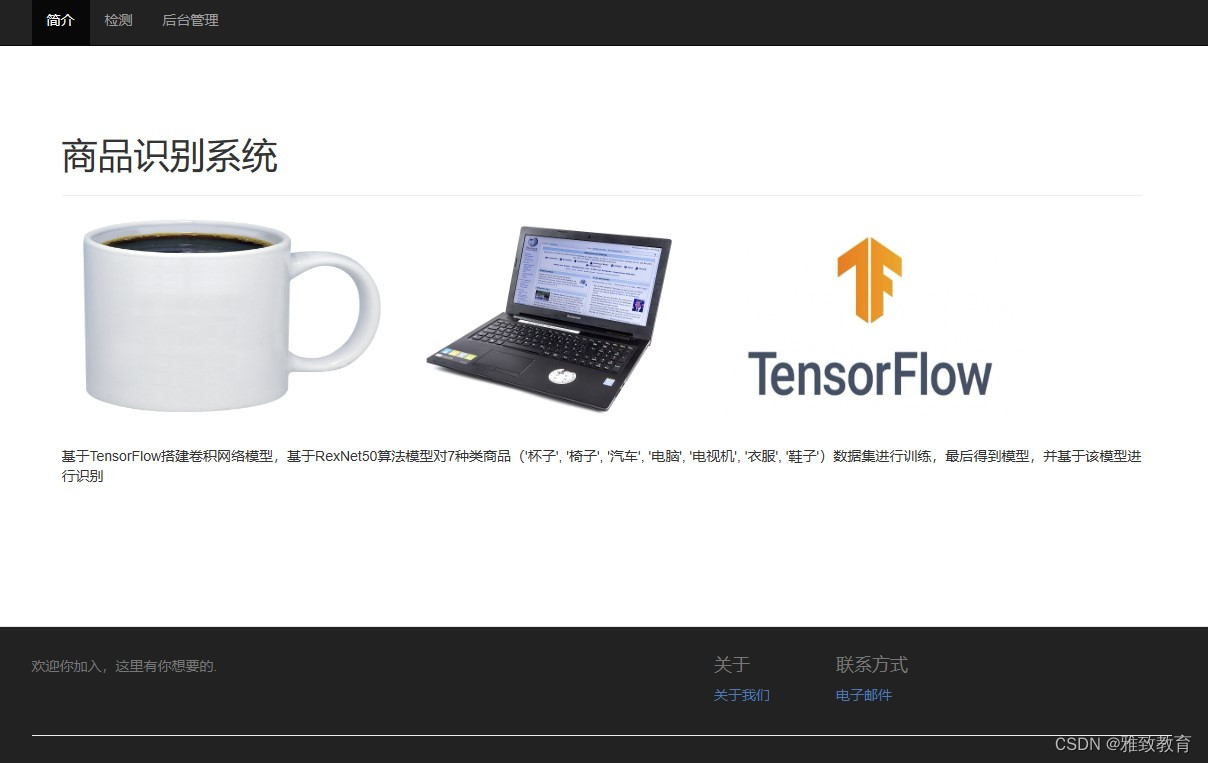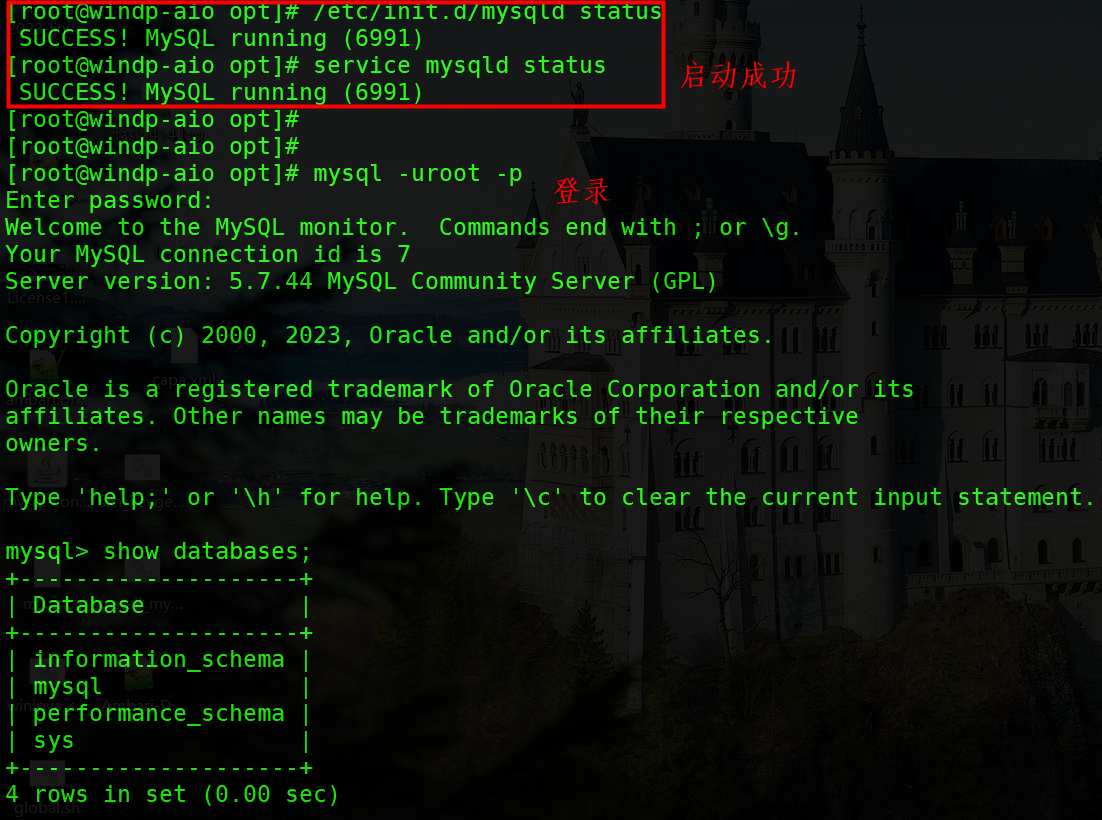Angular发展介绍,Angular17新特性
- 官方文档
- Angular框架发展的由来
- 何为结构化、模块化
- Angular17新特性
- English unit
Embarking on the journey of deep technical learning requires a well-structured approach, applicable to any programming language. The key to successful learning lies in systematic technical accumulation. Firstly, emphasis should be placed on mastering fundamental knowledge, understanding core principles of computer science such as data structures, algorithms, and operating systems, laying a solid foundation for in-depth learning.
Subsequently, reinforcing knowledge through practical projects is crucial. Applying theoretical concepts to real-world coding, actively participating in genuine projects not only deepens understanding but also enhances problem-solving skills. Such hands-on experience not only enriches personal expertise but also cultivates the ability to address practical challenges.
The goal of learning should encompass comprehensive development, extending beyond specific programming skills to include team collaboration, communication techniques, project management, and software engineering practices. Striving to become not just a technical professional but a well-rounded software engineer is paramount.
Furthermore, maintaining a mindset of continuous learning is essential. Given the rapid evolution of technology and varying development speeds among programming languages, staying updated is imperative. Subscribing to technical blogs, engaging in online communities, and participating in tech conferences are effective ways to stay abreast of industry trends and remain sensitive to emerging technologies.
In conclusion, technical accumulation is a prolonged and persistent process that demands unwavering commitment. Through a profound theoretical foundation, practical project experience, holistic skill development, and a commitment to continuous learning, one can effectively navigate and thrive in the ever-evolving landscape of different programming languages, ensuring sustained personal and technical growth.
官方文档
link
- https://angular.io/
- https://angular.cn/resources?category=社区
Angular框架发展的由来
Angular是一种开源的前端Web应用框架,由Google维护和开发。Angular的发展可以追溯到2009年,当时Google推出了AngularJS,它是Angular的前身。AngularJS是一个基于JavaScript的前端框架,旨在简化Web应用的开发和测试。
Angular的发展由以下几个方面的需求和问题推动:
-
复杂的Web应用需求: 随着Web应用变得越来越复杂,传统的JavaScript和DOM操纵方式变得难以维护。Angular提供了一种结构化的方式来组织和管理Web应用的代码,使得开发者更容易构建和维护大规模的、复杂的应用程序。
-
单页面应用(SPA)的兴起: 随着用户对更富交互性的Web应用的需求增加,单页面应用成为一种流行的架构。Angular提供了一整套工具和特性,使得开发者能够更容易地构建和维护SPA。
-
数据驱动视图: Angular采用了数据绑定的概念,通过将模型(数据)和视图(UI)连接起来,使得数据的变化能够自动反映在UI上,简化了开发过程。
-
模块化和组件化开发: Angular引入了模块和组件的概念,使得应用能够以模块化和组件化的方式进行开发。这种方式有助于提高代码的可维护性和可重用性。
-
跨浏览器兼容性: Angular被设计为跨浏览器的框架,使得开发者可以更方便地处理不同浏览器之间的兼容性问题。
旨在解决日益复杂的Web应用开发中遇到的问题,提供一种结构化的、模块化的、可维护的开发方式,以满足现代Web应用的需求。
何为结构化、模块化
Angular被描述为一门结构化的开发方式,这是因为它强调了一系列结构和约定,有助于开发者组织和管理应用程序的代码。以下是逻辑验证:
-
模块化架构: Angular应用程序被组织成模块。模块是一种组织代码的方式,它将相关的组件、指令、服务等功能打包在一起。这有助于将应用拆分成更小、更可管理的部分,提高了代码的可维护性和可重用性。
-
组件化开发: Angular采用了组件化的开发模式。每个Angular应用都由一个或多个组件构成,而每个组件都有自己的模板、样式和行为。这种组件化的方式使得开发者可以将应用拆分成小的、独立的功能单元,便于理解和维护。
-
依赖注入: Angular使用依赖注入机制来管理组件之间的依赖关系。这种结构化的方法使得组件之间的通信更加清晰,减少了耦合性,使得代码更容易测试和维护。
-
数据绑定: Angular引入了双向数据绑定的概念,将模型(数据)和视图(UI)连接在一起。这种结构化的数据流使得数据的变化能够自动更新视图,降低了手动管理DOM的复杂性。
-
约定优于配置: Angular采用了一些约定,减少了开发者需要进行的配置工作。例如,组件和模块的命名约定,这些约定有助于开发者更容易理解和导航整个应用的结构。
这种结构化的方法有助于降低开发过程中的混乱度,提高代码的可读性和可维护性。
Angular17新特性
https://www.angulararchitects.io/blog/whats-new-in-angular-17/
- 控制流的新语法简化了模板的结构
- 延迟加载,
- 通过使用 esbuild,ng build 和 ng serve 语句的运行速度明显更快
- CLI 现在直接支持 SSR 和预渲染



